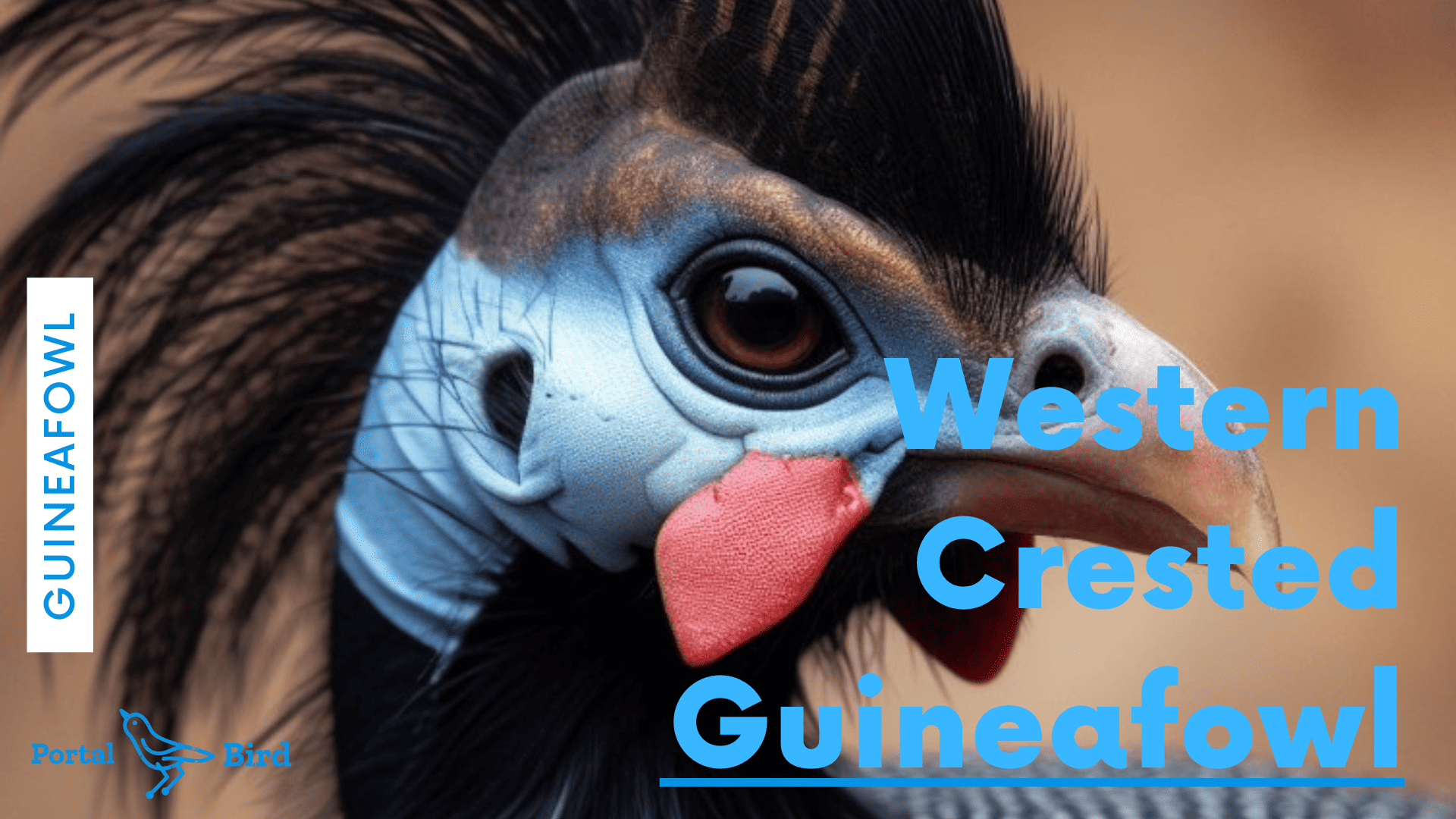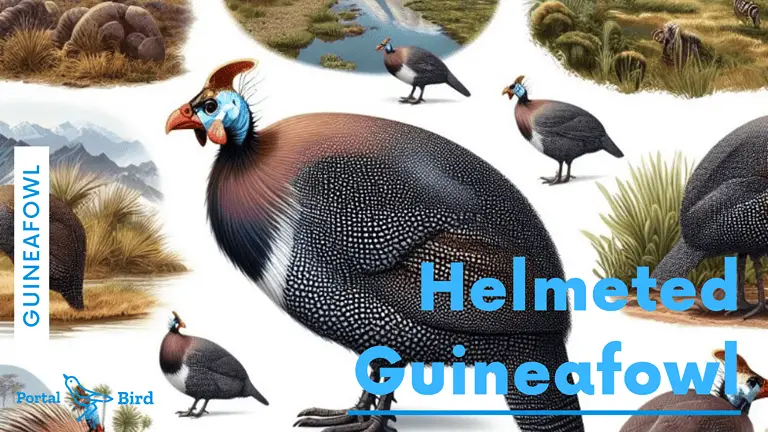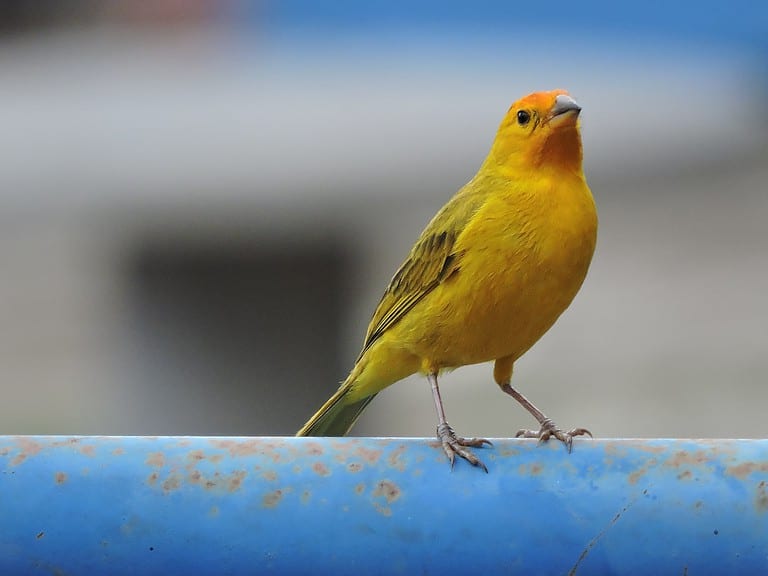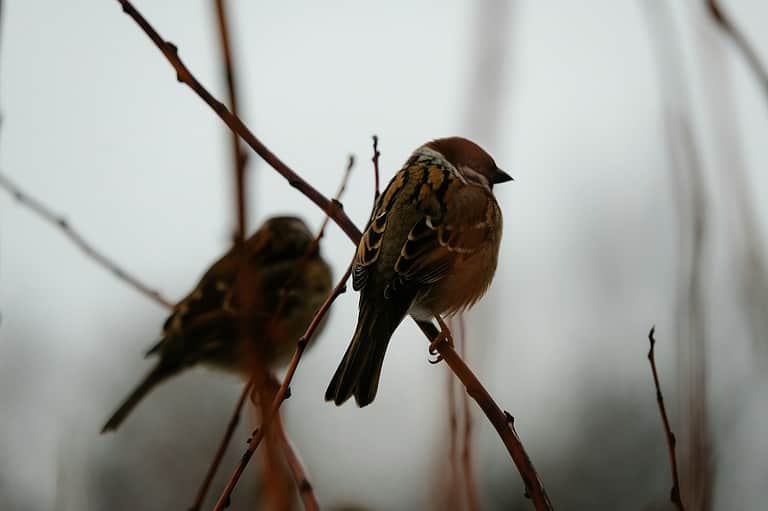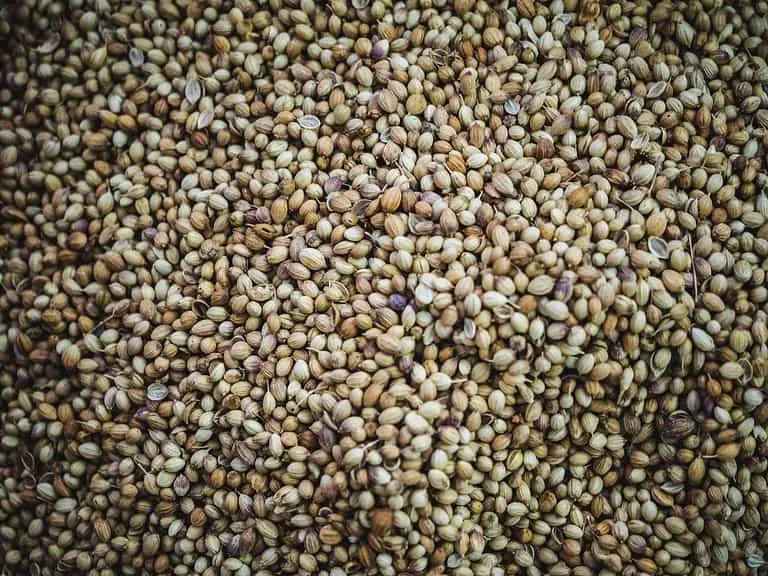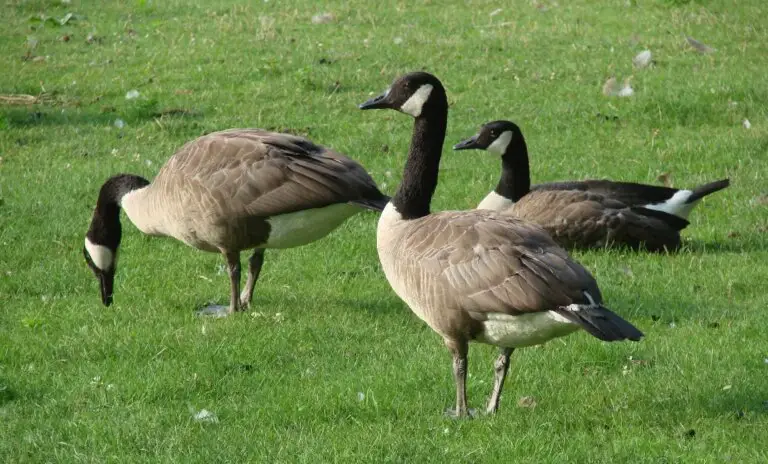Western Crested Guineafowl
The Western Crested Guineafowl is an incredibly intriguing and mysterious species that has always fascinated both ornithologists and nature enthusiasts. Its striking appearance and unique behavioral patterns make it a truly remarkable bird that holds a significant place in the avian world. This bird can be found in the vast savannahs and woodlands of Western Africa, where it has adapted adeptly to its habitat and displays fascinating feeding behaviors. Despite its many remarkable qualities, the Western Crested Guineafowl is currently facing various conservation threats that require immediate attention.
This article aims to delve into the physical characteristics, habitat, feeding behavior, breeding patterns, social structure, and conservation status of this captivating species. By understanding these aspects, we can gain a deeper appreciation for the Western Crested Guineafowl and work towards ensuring its long-term survival.
When it comes to physical characteristics, the Western Crested Guineafowl boasts a truly striking appearance. It showcases vibrant plumage with intricate patterns and a distinct crest on its head. These features not only make it visually appealing but also serve as important adaptations for survival in its natural habitat.
Speaking of habitat, the Western Crested Guineafowl thrives in the expansive savannahs and woodlands of Western Africa. It has developed remarkable adaptations that allow it to navigate and thrive in these diverse ecosystems. From dense vegetation to open grasslands, this bird can make itself at home in a wide range of environments.
Feeding behavior is another fascinating aspect of the Western Crested Guineafowl’s life. With a keen eye for spotting food, this bird displays impressive foraging skills. It uses its sharp beak to probe the ground and uncover insects, seeds, and other delicacies. This feeding behavior not only sustains the Western Crested Guineafowl but also plays a vital role in the ecosystem by controlling insect populations.
Breeding patterns and social structure are also noteworthy when it comes to this captivating species. The Western Crested Guineafowl engages in complex courtship displays, where males showcase their vibrant plumage and engage in elaborate dances to attract females. Once a pair forms, they establish a strong bond and work together to raise their offspring.
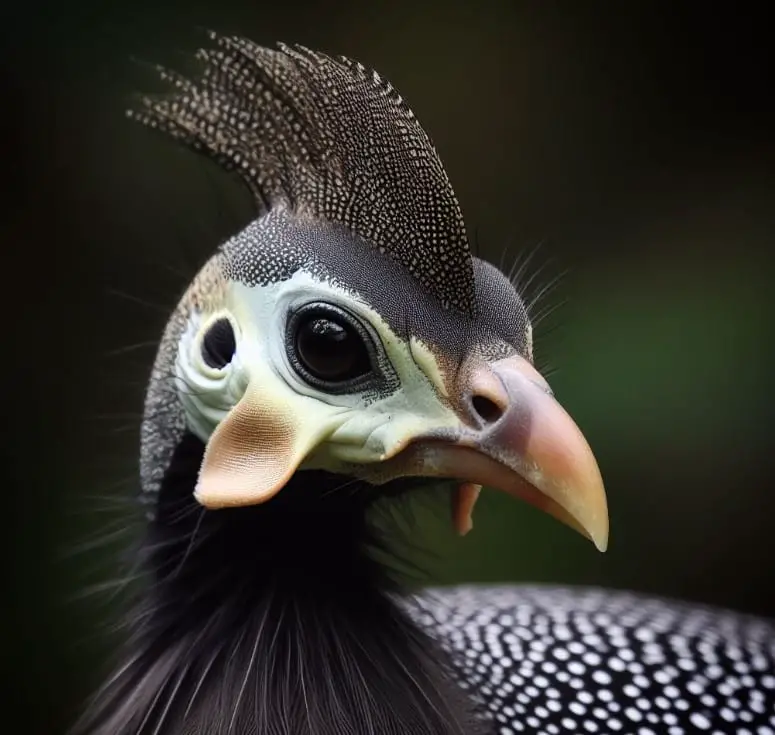
Key Takeaways
- The Western Crested Guineafowl is known for its distinctive crest on its head, composed of elongated feathers that stand upright and extend from the forehead to the nape of the neck. The black feathers with white tips create a striking contrast and the purpose of the crest is believed to play a role in communication and social interactions.
- The Western Crested Guineafowl is highly adaptable and can tolerate different habitat types as long as there is suitable vegetation and access to food sources. It is naturally found in dense rainforests and woodlands of West and Central Africa, but can also inhabit dense woodlands, savannas, grasslands, and a range of altitudes from sea level up to 3,000 meters.
- This bird is a ground-dwelling species and prefers areas with shrubs and trees for roosting and nesting. It forages for insects, seeds, and plant matter, primarily using its sharp beak to probe the soil for small invertebrates. It also consumes a variety of seeds and fruits, scratching leaf litter and digging in soil to uncover hidden food items.
- The Western Crested Guineafowl exhibits interesting breeding and social behaviors. Courtship displays attract females, and both parents collaborate in nest building and provide care and protection for the hatched chicks. They live in flocks of 10-30 individuals, with a dominant male leading the flock and defending the territory.
Physical Characteristics
One notable physical characteristic of the Western Crested Guineafowl is its distinctive crest on its head. This species, scientifically known as Guttera cristata, belongs to the family Numididae and is endemic to certain regions of Africa.
The crest, which is composed of elongated feathers, stands upright and extends from the forehead to the nape of the neck. The feathers are black in color with white tips, creating a striking contrast.
The purpose of this crest is still somewhat speculative, but it is believed to play a role in communication and social interactions within the species. The Western Crested Guineafowl is known for its freedom of movement, as it roams freely in its natural habitats, which include woodlands, forests, and savannahs.
Habitat and Range
The Western Crested Guineafowl is naturally found in the dense rainforests and woodlands of West and Central Africa. They prefer habitats with a mix of dense vegetation, open clearings, and water sources.
Their range spans from southern Nigeria and Cameroon to Gabon and the Democratic Republic of Congo. However, their distribution is limited to specific areas due to deforestation and habitat fragmentation.
Natural Habitat Characteristics
The Western Crested Guineafowl can be found in various habitats throughout its range. This species is native to sub-Saharan Africa, specifically in countries such as Kenya, Tanzania, Uganda, and South Sudan. It typically inhabits dense woodlands, savannas, and grasslands, where it can find cover and feed on a variety of plant materials, insects, and small invertebrates.
The Western Crested Guineafowl is a ground-dwelling bird that prefers areas with shrubs and trees for roosting and nesting. It has adapted to a range of altitudes, from sea level up to 2,500 meters. This species is highly adaptable and can tolerate different habitat types, as long as there is suitable vegetation and access to food sources.
| Habitat Type | Characteristics |
|---|---|
| Woodlands | Dense vegetation, trees, and shrubs |
| Savannas | Open grassy areas with scattered trees |
| Grasslands | Wide expanses of grass without many trees |
Geographic Distribution and Limits
Due to its adaptable nature and wide range of suitable habitats, the Western Crested Guineafowl can be found across various regions in sub-Saharan Africa. Its geographic distribution spans from Senegal and Gambia in the west, all the way to Ethiopia and Kenya in the east.
It is also found in the southern parts of Africa, including Angola, Namibia, and South Africa. This species demonstrates a preference for woodland savannahs, dense forests, and grasslands, making it versatile in its habitat selection.
It can thrive in both lowland and highland areas, ranging from sea level up to 3,000 meters in altitude. The Western Crested Guineafowl’s ability to adapt to different environments allows it to inhabit a wide range of territories within its distribution range.
Feeding Behavior
Often observed in groups, Western Crested Guineafowl exhibit a diverse feeding behavior that includes foraging for insects, seeds, and plant matter. These birds are primarily ground feeders, using their sharp beaks to probe the soil for small invertebrates like ants, termites, and beetles.
They also consume a variety of seeds and fruits, such as grass seeds, berries, and fallen fruits. Western Crested Guineafowl can often be seen scratching the leaf litter and digging in the soil to uncover hidden food items. They have been observed feeding on the fallen fruits of trees and shrubs, playing an important role in seed dispersal.
This diverse feeding behavior allows the Western Crested Guineafowl to adapt to different habitats and find food sources throughout the year. Transitioning into the subsequent section about breeding and reproduction, their feeding behavior plays a crucial role in providing the necessary energy for successful reproduction.
Breeding and Reproduction
Breeding and reproduction in Western Crested Guineafowl involves complex courtship displays and the coordination of nesting activities. This species is monogamous, with pairs forming strong bonds that last throughout the breeding season. Here are four key aspects of their breeding and reproductive behavior:
- Courtship Displays: Male guineafowl perform elaborate displays to attract females. This includes puffing up their feathers, displaying their vibrant crest, and making vocal calls. These displays showcase the male’s fitness and attract a female mate.
- Nesting: The female selects a suitable nesting site on the ground, usually under dense vegetation to provide protection. Both parents collaborate in building the nest, which is a shallow scrape lined with leaves and grass.
- Egg Laying: The female typically lays a clutch of 4-6 eggs over several days. Once the clutch is complete, she incubates the eggs for approximately 24-27 days, while the male guards the nest and keeps watch for potential threats.
- Parental Care: After hatching, the chicks are precocial and able to leave the nest shortly after birth. Both parents provide care and protection, guiding the chicks to find food and offering protection against predators.
The breeding and reproductive behaviors of Western Crested Guineafowl are essential for the survival and continuation of this species in their natural habitat.
Social Structure and Communication
Within the Western Crested Guineafowl species, social structure and communication play crucial roles in their interactions and survival. These birds are highly social and live in flocks, which can consist of anywhere from 10 to 30 individuals. The flocks are usually led by a dominant male, known as the alpha male, who takes charge of defending the territory and leading the group during foraging activities.
Other males in the flock may challenge the alpha male for dominance, leading to confrontations and displays of aggression. Communication within the flock is essential for coordinating group movements, alerting others to potential threats, and maintaining social cohesion.
Western Crested Guineafowl communicate through a variety of vocalizations, including calls, squawks, and alarm signals. They also use visual displays, such as erecting their crests and puffing up their plumage, to communicate dominance or submission. Overall, the social structure and communication of Western Crested Guineafowl are vital for their survival in the wild.
Conservation Status and Threats
The Western Crested Guineafowl (Guttera edouardi) is facing a significant decline in population, primarily due to habitat loss and hunting. The destruction of its natural habitat, such as deforestation and land conversion for agriculture, has resulted in a fragmented and reduced range for the species.
Additionally, the guineafowl is hunted for its meat and feathers, further contributing to its decline. Conservation efforts are urgently needed to protect and restore its habitat, as well as to implement measures to regulate hunting and promote sustainable practices.
Population Decline Causes
One of the main factors contributing to the population decline of the Western Crested Guineafowl is habitat loss.
The destruction and fragmentation of its natural habitat due to human activities such as deforestation, agriculture expansion, and urbanization have had detrimental effects on the species. Here are four specific causes of population decline:
- Deforestation: The clearing of forests for timber, agriculture, and infrastructure development removes the guineafowl’s nesting sites and food sources.
- Agricultural expansion: The conversion of land for large-scale farming reduces the availability of suitable habitat and disrupts the guineafowl’s foraging patterns.
- Hunting and trapping: The guineafowl is targeted for bushmeat and the illegal pet trade, leading to significant population declines.
- Climate change: Changing weather patterns and increasing temperatures can affect the availability of food and water sources, impacting the guineafowl’s survival.
Addressing these threats through habitat conservation, sustainable land-use practices, and strict enforcement of wildlife protection laws is crucial for the survival of the Western Crested Guineafowl.
Conservation Efforts Needed?
To ensure the survival of the Western Crested Guineafowl, conservation efforts must be implemented to address its conservation status and the threats it faces. The Western Crested Guineafowl (Guttera pucherani) is currently listed as Near Threatened on the International Union for Conservation of Nature (IUCN) Red List.
The main threats to its population are habitat loss and degradation, as a result of deforestation and agricultural expansion. Additionally, the guineafowl is hunted for its meat and feathers, further contributing to its decline. Conservation measures should focus on protecting and restoring the guineafowl’s habitat, establishing protected areas, and implementing sustainable hunting practices.
Community involvement and education are crucial in raising awareness about the importance of conserving this species. Without immediate and effective conservation efforts, the Western Crested Guineafowl may face a higher risk of extinction in the near future.

